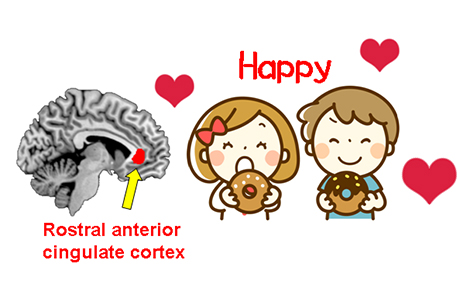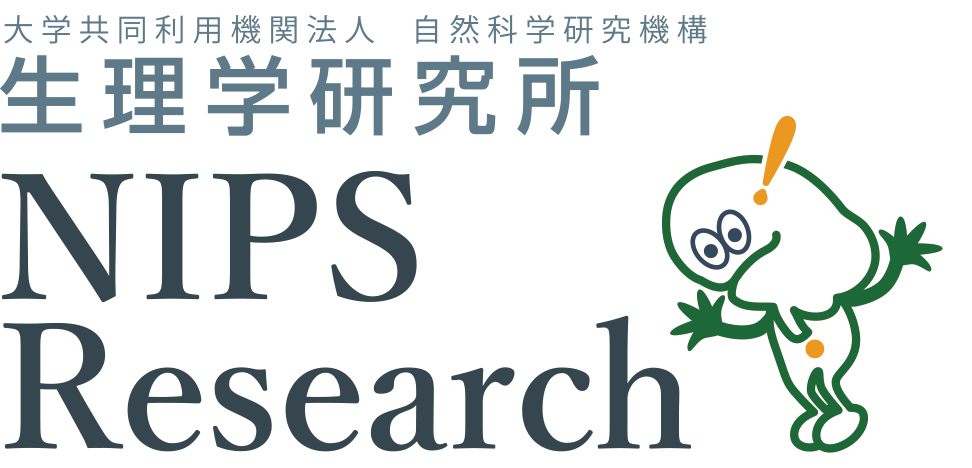Structural and functional associations of the rostral anterior cingulate cortex with subjective happiness
Since ancient times, people have thought about and desired happiness. However, association between happiness and brain remains somewhat ambiguous. In this study, in order to clarify the association between happiness and brain, we conducted combined structural and functional magnetic resonance imaging (MRI). We first assessed the association between gray matter density (GMD) of healthy participants and subjective happiness level using structural MRI. Further, to assess the association between the GMD and brain function, we conducted functional MRI using the task of temporal happy feeling induction (imagination of several emotional life events). The structural MRI indicated that the subjective happiness was positively correlated with the GMD of the rostral anterior cingulate cortex (rACC) (the rACC volume). Functional MRI demonstrated that experimentally induced temporal happy feelings were positively correlated with subjective happiness level and rACC activity. The rACC response to positive events was also positively correlated with its GMD. These results provide convergent structural and functional evidence that the rACC is related to happiness.

Question & Answer
Q1. What is interesting to you about this topic?
A1. We revealed the previously-unreported association between subjective happiness and brain.
Q2. Did something surprise you when you did this study and analyzed your results?
A2. Happiness can change our brain!
Funding
- “Development of biomarker candidates for social behavior” Strategic Research Program for Brain Sciences, initiated by the Ministry of Education, Culture, Sports, Science and Technology of Japan (Norihiro Sadato).
- Grant-in-Aid for Scientific Research from the Japan Society for the Promotion of Science (22700683, 25750354, and 26118513 to Masahiro Matsunaga).

